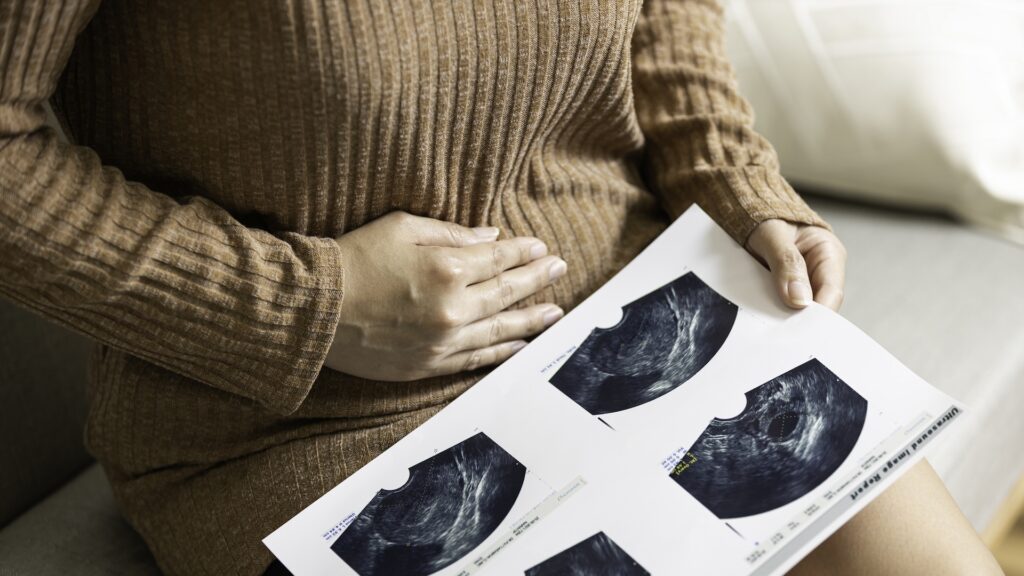A recent investigation has revealed a concerning connection between harmful perfluoroalkyl substances, commonly known as PFAS or “forever chemicals,” and women’s reproductive health.
Current Insights
PFAS, referred to as forever chemicals, have earned their name due to their persistent nature; they do not break down, thus accumulating in our waterways, soil, and even within our bodies.
A study published in the journal Science of the Total Environment found a significant link between exposure to a specific PFAS known as perfluorotridecanoic acid (PFTrDA) and an increased likelihood of developing endometriosis. Other PFAS substances also exhibit similar associations.
In the United States, approximately 1 in 10 females of reproductive age, and an estimated 200 million globally, suffer from endometriosis, as reported by the Endometriosis Foundation of America. Despite its prevalence, the underlying causes remain largely unclear.
This condition can lead to a myriad of symptoms, such as intense menstrual cramps, heavy bleeding, and infertility. Given its potential to severely affect quality of life, there is an urgent need for more comprehensive research on this widespread health issue.
The findings from this study indicate that certain PFAS may elevate the risk of endometriosis. However, the researchers noted that due to the limited sample size, additional studies are necessary to confirm these results.
Significance of the Study
PFAS exposure represents a collective public health challenge, much like endometriosis itself.
According to the U.S. Environmental Protection Agency, these chemicals have been detected in the blood of both humans and animals worldwide, and they are present at low levels in various food items and in the environment.
This study is not the first to explore the potential health implications of PFAS. Ongoing research continues to investigate the links between these chemicals, hormonal disruptions, and certain cancers. Despite the mounting evidence of their dangers, regulation surrounding forever chemicals remains insufficient in many areas across the globe.
As inaction continues, so too does the risk these substances pose, particularly to women and marginalized groups who are already more susceptible to chronic health issues and environmental hazards.
Addressing PFAS Concerns
Increased funding and rigorous research are necessary to deepen our understanding of the connections between PFAS exposure and reproductive health, as well as to explore viable solutions. Interestingly, menstruation may serve as a means of expelling PFAS from the body; however, some menstrual products have also been identified to contain these harmful chemicals.
Further scientific inquiry will undoubtedly keep this critical issue in the spotlight.
A recent class-action lawsuit was filed against Johnson & Johnson and Kenvue due to the sale of bandages containing PFAS, particularly highlighting the disproportionate effects these chemicals have on marginalized communities, as these products were marketed to people of color.
Local entities are also rallying against forever chemicals, with Santa Clara County in California initiating legal action against major corporations over PFAS contamination in drinking water.
On an individual level, actions can be taken to minimize PFAS exposure. Since these chemicals are commonly found in fast food packaging, preparing meals at home can be a great way to reduce risk. Additionally, checking PFAS Central’s list of PFAS-free brands can guide mindful consumption choices.
Stay informed by joining our free newsletter, providing weekly updates on innovations that improve lives and shape our future, along with practical ways to support your health and the planet.


